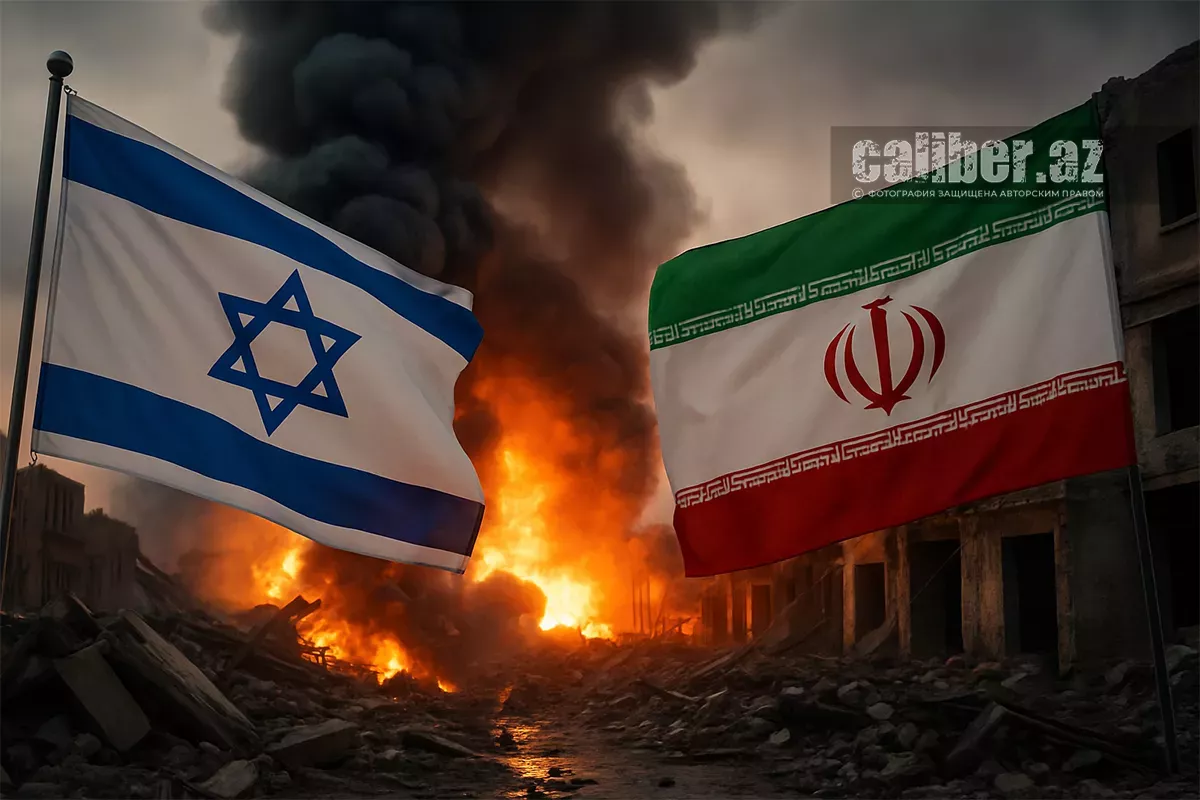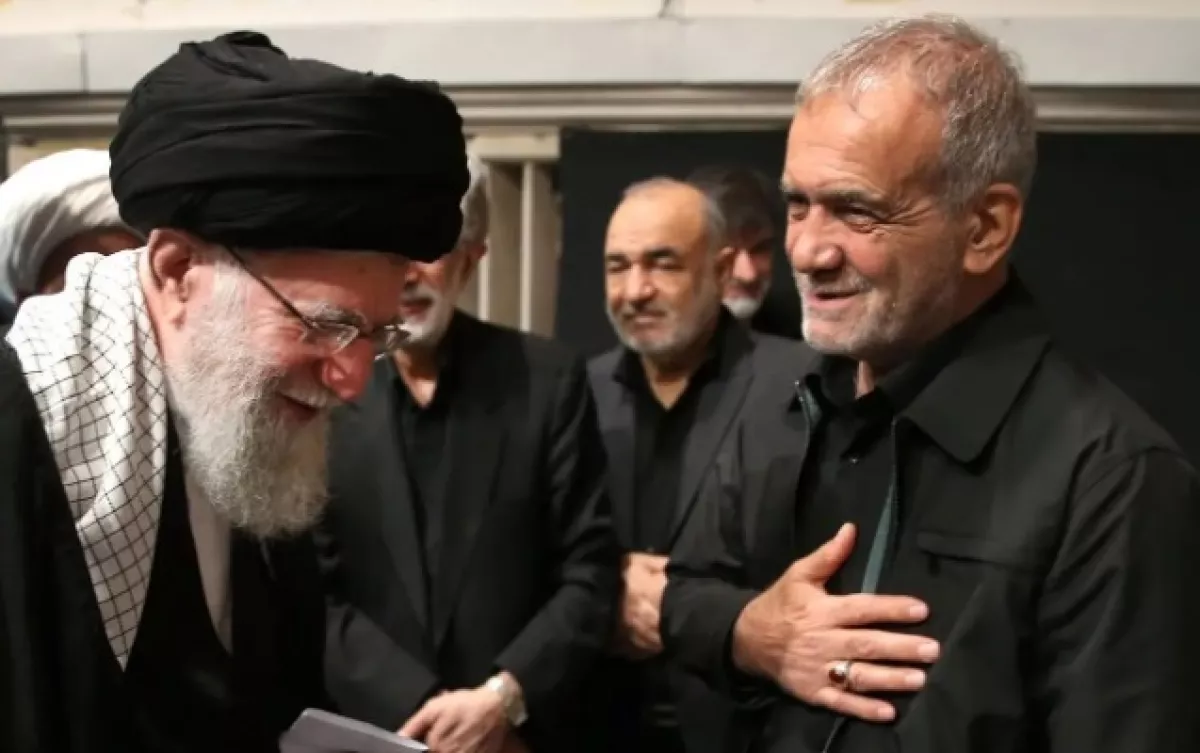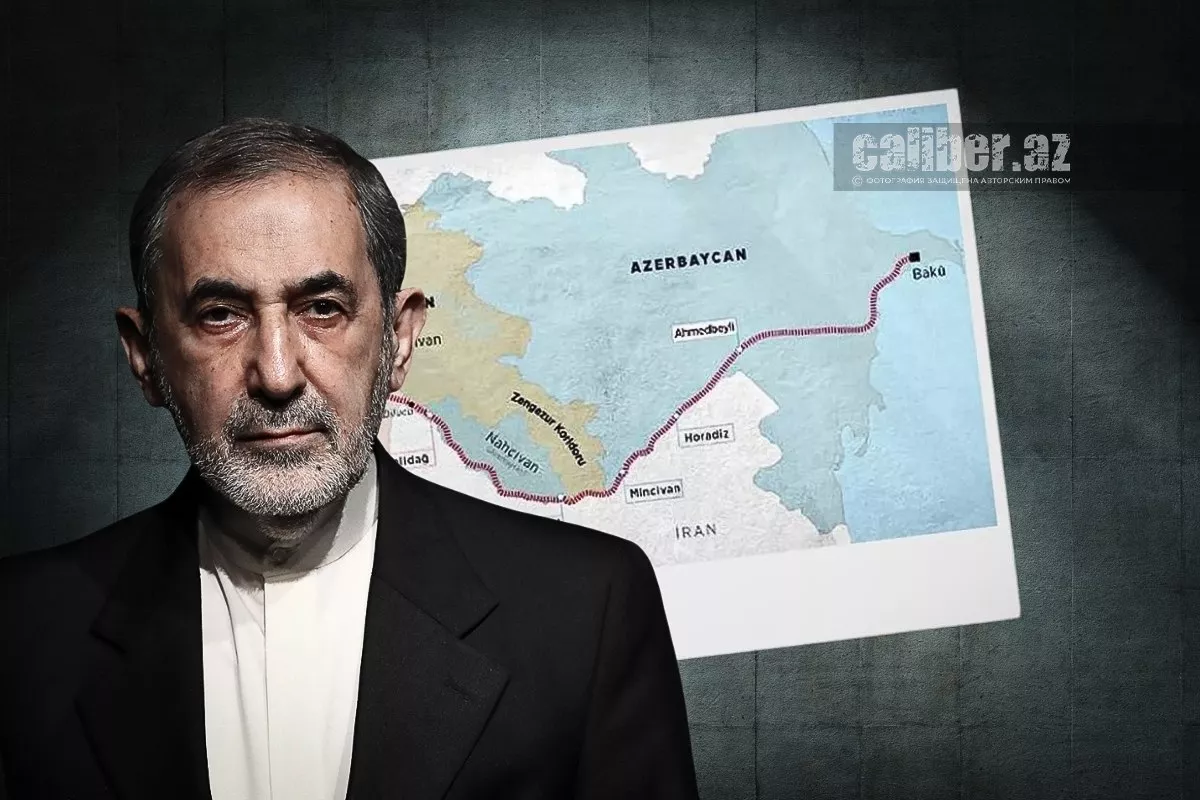Iran in crisis: Facing external threats & internal power struggles
Iran is undergoing a quiet political crisis following its defeat in the 12-day war in June against the US-Israeli coalition. Israel continues low-intensity operations: Iranian factories and energy facilities are being blown up (the energy sector is already in a difficult situation), and high-ranking officials are dying under mysterious circumstances. After the Israeli Air Force and its commando forces killed up to 30 senior military officers and numerous nuclear physicists, there is no doubt that they intend to continue.
Slowly but surely, a new round of full-scale Iranian-Israeli confrontation is approaching. The US insists on Iran’s complete abandonment of uranium enrichment systems — their absence would place the country entirely at the mercy of foreign suppliers, acting as a restraint on both its military and civilian nuclear programs. This would weaken Tehran, the United States’ main geopolitical rival in the Middle East.
Iran refuses to comply. It’s hard to imagine the Trump administration accepting this refusal on such a critical issue. That makes it highly likely that the US will give Israel the green light for new strikes against Iran — something Israel is almost certain to act on.

Iran is also Israel’s main geopolitical and ideological rival in the Middle East. Because of this, Israel could adopt a strategy often referred to as “mowing the lawn” — a systematic campaign to weaken, fragment, and undermine Iran’s military capabilities and infrastructure. Israel has used this approach in Syria, carrying out years of targeted strikes on military bases and other regime assets, gradually weakening Assad’s government until it was vulnerable to opposition attacks.
During the recent 12-day conflict, Israel destroyed Iranian air defence systems in central and western Iran, gained control of the country’s airspace, and now plans to use this advantage for ongoing strikes aimed at steadily weakening — and in the best-case scenario for Israel, destabilising — the regime in Tehran.
Iranian missile strikes on Israel failed to cause serious damage to its defence and energy infrastructure, though they did result in civilian casualties. The main outcome of the 12-day war was simply an increase in Israeli Prime Minister Benjamin Netanyahu’s popularity at home, which in itself provides a strong incentive for him to consider a new conflict with Iran. Additional strikes could come in the fall or winter.
Under these circumstances, Iran is forced to hide its nuclear physicists. Reports indicate that they are no longer allowed to teach at their previous institutions, and they may not even be able to live in their former homes. They are now being relocated to the capital, to cities along the northern coast, or to other safe houses. At minimum, this concerns 15 out of 100 surviving scientists whose names appear on Israel’s blacklist.
Political shifts
Iran is not just hiding its nuclear physicists. Israeli pressure is also pushing the country toward a more collective form of leadership. Fearing assassinations and bombings, Supreme Leader Ayatollah Ali Khamenei has nearly cut off his direct ties with key administrative bodies. This is leading to political changes, especially in the Iranian theocracy, where the Supreme Leader’s word carries not only political but also religious authority.
In Iran’s system, the Supreme Leader, Khamenei, holds near-absolute, lifelong power. He commands all security forces, controls vast social funds, serves as the highest authority on theology and law, and can intervene in any matter, from the economy to foreign policy — his word is final.
However, many years ago, he effectively handed control of the country over to the IRGC. Iran has two separate military forces: the regular army and the IRGC — the Islamic Revolutionary Guard Corps — an independent armed organisation of about 120,000 religiously loyal officers and soldiers.
It is the IRGC that has concentrated enormous political influence in its hands, taking control of numerous government agencies, security forces, overseas covert operations, the majority of exports, as well as Iranian companies — both private and state-owned — that generate roughly half of the country’s GDP.
In exchange for vast influence and opportunities for enrichment, the IRGC ensures the Supreme Leader’s power. But the problem is that these forces are not homogeneous — within the IRGC, various familial and bureaucratic interests compete, and some experts believe it could begin to fragment into rival factions controlling different industries, regions, and companies. Without constant contact with the Supreme Leader, his powerful office loses influence, and the directives that hold the IRGC together become rare and sporadic.

The president mainly oversees the economic sphere, functioning somewhat like a weak prime minister under a powerful autocrat. Yet, this doesn’t fully apply to Masoud Pezeshkian.
Iran is a country on edge, frequently erupting in riots and uprisings. Pezeshkian is connected to a relatively liberal and popular faction of reformers seeking to ease domestic repression and engage with the West. He also has ties to regional lobbyists in Azerbaijani-populated areas, an important factor given that Azerbaijanis make up at least a third of Iran’s population. Because of this, both the IRGC (which does not answer to Pezeshkian) and the Supreme Leader’s office must reckon with the president’s influence.
Today, in the absence of the Supreme Ayatollah, key decisions in defence, politics, and the economy have been delegated to the Defence Council, which includes the heads of the three branches of government and senior military officials. Its members include President Masoud Pezeshkian, Parliament Speaker Mohammad-Bagher Ghalibaf (who manages the IRGC’s main construction company), Judiciary Chief Gholam-Hossein Mohseni-Ejei, as well as representatives of the Islamic Revolutionary Guard Corps, possibly including former IRGC commander Mohsen Rezaei, and the leadership of the Iranian army.
Rezaei claims that Khamenei continues to issue orders as commander-in-chief of the armed forces. But is that really the case? According to the well-informed American outlet Axios, joint efforts by the US and Türkiye to arrange a meeting between Iranian Foreign Minister Abbas Araghchi and US Vice President J. D. Vance ended in failure.
The failure was caused by the Iranian government’s inability to contact Khamenei for approval. Such weak communication with the commander-in-chief and supreme leader means that the initiative in decision-making shifts into the hands of other individuals and institutions.
In addition to the Defence Council, there is the Supreme National Security Council (SNSC), which also brings together security officials. It remains unclear why it was necessary to duplicate its functions by creating a new Defence Council. This may indicate a growing power struggle within the regime, with different individuals and factions vying to pull the levers of authority and take control of administrative functions from others.
The struggle between clans and factions in Iran is intensifying. Recently, Ali Larijani was appointed Secretary of the Supreme National Security Council, the body that unites the country’s top security officials.
Larijani comes from a powerful family clan — his brother, Sadiq Larijani, heads the judiciary. Some see him as a representative of the regime’s centrist, so-called constitutionalist faction.
During his previous role as Speaker of Parliament (Majlis), he pushed to expand the council’s limited powers. Others view him as a conservative aligned with Supreme Leader Ali Khamenei. What is clear, however, is Larijani’s strong political ambition and pragmatism. Notably, the Larijani clan was recently thought to have lost influence, but that is clearly no longer the case.

Finally, growing tensions between different factions within the Iranian regime over the Zangezur Corridor have become a notable sign of change. Ali Akbar Velayati, a conservative (principlist) advisor to Supreme Leader Ali Khamenei, declared that Iran would not allow the corridor to be created through Armenia, claiming it poses a strategic threat to Iran.
In contrast, President Masoud Pezeshkian stated that Iran supports the corridor as long as it does not disrupt Iranian trade or northern connections with Armenia and Russia. His statement, however, sparked an angry response from the IRGC.
Similar conflicts have occurred in Iran in the past. However, in the current context, they can be seen as a marker of growing internal divisions.
The collective leadership forming in Tehran today could potentially unite these diverse elements. But these developments are intensifying disagreements and power struggles within the regime, increasing its fragility and deepening the country’s crisis.








